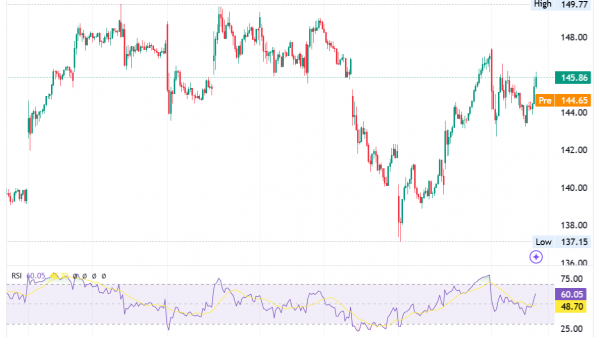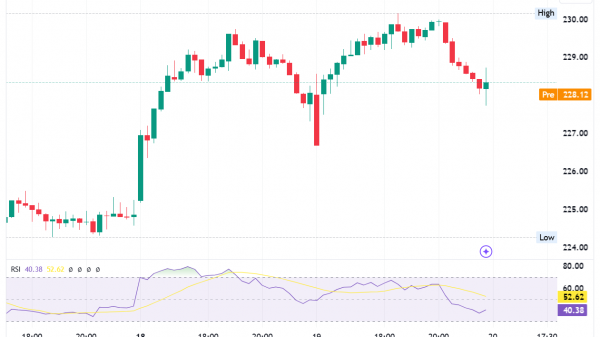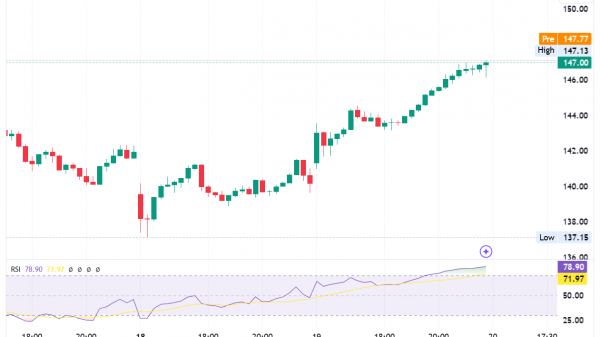Dagmar Approach – Practical Application and Definition
The DAGMAR approach, which stands for “defining advertising goals for measured advertising results,” is a marketing and advertising framework that Russell Colley developed in the late 1960s.
This model provides a structured approach to setting advertising objectives and evaluating the effectiveness of advertising campaigns.
The DAGMAR approach is rooted in the idea that advertising should have specific, measurable goals and that its success can be determined through careful measurement and analysis. In this essay, we will delve into the DAGMAR approach, its components, and its impact on consumers.
Components of the DAGMAR approach
The DAGMAR approach consists of four key components that guide the advertising process:
Awareness: The first stage of the DAGMAR approach is to create awareness among the target audience.
At this stage, the primary objective is to make consumers aware of the product, brand, or message being advertised. This can be achieved through various advertising channels, such as television, radio, print media, online ads, and social media. The goal is to ensure that the target audience recognizes the existence of the product or brand.
Comprehension: Once awareness is established, the next step is to help consumers understand the product or message. Advertisements should provide clear and concise information about the product’s features, benefits, and unique selling points.
It is vital to communicate why the product is valuable and how it can meet consumers’ needs or solve their problems.
Conviction: Conviction refers to the stage where advertisers aim to persuade consumers to develop a favorable attitude towards the product or brand.
Advertisements should present compelling arguments, testimonials, and evidence to convince consumers that the product is worth considering. This stage focuses on building trust and credibility.
Action: The ultimate goal of advertising, according to the DAGMAR model, is to prompt consumers to take a specific action.
This action could vary depending on the campaign’s objectives, such as making a purchase, signing up for a newsletter, requesting more information, or sharing the advertisement with others. The action stage measures the effectiveness of the advertising campaign in terms of its impact on consumer behavior.
Types of advertising goals
Let’s take a closer look at the types of advertising goals.
Brand awareness: One of the primary advertising goals is to increase brand awareness. This goal focuses on making potential customers aware of a company’s products or services and building recognition and recall of the brand. Brand awareness is especially important for new businesses or when launching new products.
Lead generation: Advertising can aim to generate leads, such as inquiries, sign-ups, or requests for information. This goal is common in industries where a longer sales cycle is involved, and businesses need to nurture potential customers before converting them into buyers.
Sales and revenue: Many businesses use advertising to drive sales and generate revenue directly. This goal involves encouraging consumers to make purchases, either immediately or over time. Measuring the return on advertising spend (ROAS) is crucial for this goal.
Customer retention: Advertising can also be used to retain existing customers and encourage repeat purchases. Loyalty programs, special offers, and reminders of the value of a product or service can help achieve this goal.
Market share: Some companies aim to increase their market share through advertising. This involves competing for a larger portion of the target market and potentially taking customers away from competitors.
Educational goals: Sometimes, advertising educates consumers about a product’s features, benefits, or proper use. This is common for products with unique characteristics or in industries with complex offerings.
Social responsibility: Companies may use advertising to communicate their commitment to social responsibility, sustainability, or ethical business practices. While this may not directly drive sales, it can enhance the brand’s reputation and appeal to socially conscious consumers.
Impact on consumers
The DAGMAR approach has a significant impact on consumers for several reasons:
Informed decision-making: One of the primary benefits of the DAGMAR model is that it empowers consumers with information.
By ensuring that consumers are aware of a product, understand its features and benefits, and are convinced of its value, the model enables consumers to make more informed purchasing decisions. Informed consumers are more likely to choose products that align with their needs and preferences.
Trust and credibility: The DAGMAR approach emphasizes building trust and credibility through advertising. When consumers perceive an advertisement as trustworthy and credible, they are more likely to have a positive attitude towards the product or brand. This trust can lead to stronger brand loyalty and repeat purchases.
Emotional connection: Effective advertising campaigns following the DAGMAR approach often aim to establish an emotional connection with consumers.
Emotional advertising can leave a lasting impact on consumers, making them feel a strong connection to a brand.
This emotional connection can lead to greater brand loyalty and advocacy, as consumers are more likely to recommend a brand they feel emotionally connected to. It is no secret that companies are working hard in order to create a solid customer base.
Behavior Change: The DAGMAR approach’s ultimate goal is to influence consumer behavior. When advertising successfully guides consumers through the awareness, comprehension, conviction, and action stages, it can lead to tangible results, such as increased sales, higher website traffic, or greater social media engagement. This positive change in behavior is a direct result of effective advertising.
Measurement and accountability: The DAGMAR approach places a strong emphasis on measuring advertising results. This focus on accountability ensures that advertising efforts are continuously evaluated and optimized for maximum impact.
When advertisers measure the outcomes of their campaigns, they can make data-driven decisions to improve future advertising efforts, ultimately benefiting consumers by delivering more relevant and effective messages.
Competition and innovation: The presence of the DAGMAR model in the advertising industry has led to increased competition among brands. Advertisers are continually striving to create more compelling and persuasive campaigns to capture consumers’ attention. This competition can drive innovation in advertising techniques and technologies, leading to more creative and engaging advertisements for consumers.
Challenges and ethical considerations with Dagmar Approach
While the DAGMAR approach has several advantages in terms of its impact on consumers, it also presents some challenges and ethical considerations:
Oversaturation: In today’s digital age, consumers are bombarded with advertisements from various channels and platforms.
This oversaturation can lead to ad fatigue, where consumers become immune to advertising messages. Advertisers must find ways to break through the clutter and capture consumers’ attention without overwhelming them.
Manipulation: Some critics argue that advertising, when not conducted ethically, can manipulate consumers into making decisions that may not be in their best interest. Advertisers must exercise caution and adhere to ethical guidelines to ensure that their messages are truthful and do not exploit consumers’ vulnerabilities.
Privacy concerns: With the advent of online advertising and data-driven targeting, there are growing concerns about consumer privacy. The collection and use of personal data for advertising purposes raise ethical questions about consent, transparency, and data security.
Social responsibility: Advertisers have a social responsibility to promote products and services that are safe, ethical, and beneficial to consumers. The DAGMAR approach can be used to achieve these objectives by ensuring that advertising campaigns focus on delivering accurate information and promoting products that genuinely meet consumers’ needs.
The DAGMAR approach, with its structured approach to setting advertising goals and measuring results, has a profound impact on consumers.
However, it also comes with challenges and ethical considerations that advertisers must address to ensure their campaigns are responsible and effective.
In a rapidly evolving advertising landscape, the DAGMAR approach remains a valuable framework for advertisers to create meaningful and impactful campaigns that resonate with consumers while driving business results.
As consumer preferences and technology continue to evolve, advertisers must adapt their strategies in order to attract potential customers and not lose existing customers.
The post Dagmar Approach – Practical Application and Definition appeared first on FinanceBrokerage.

































